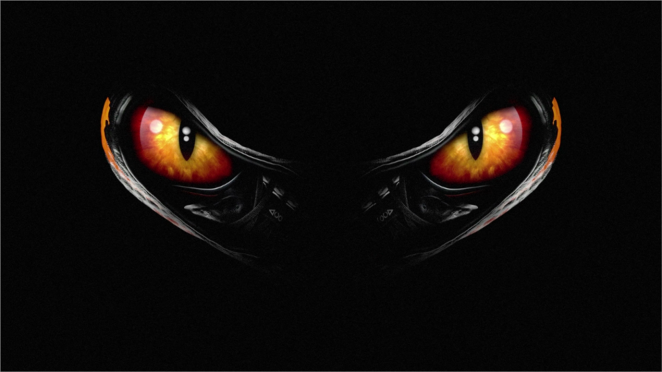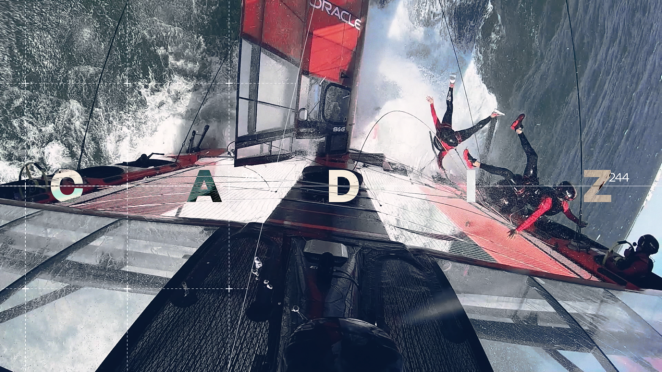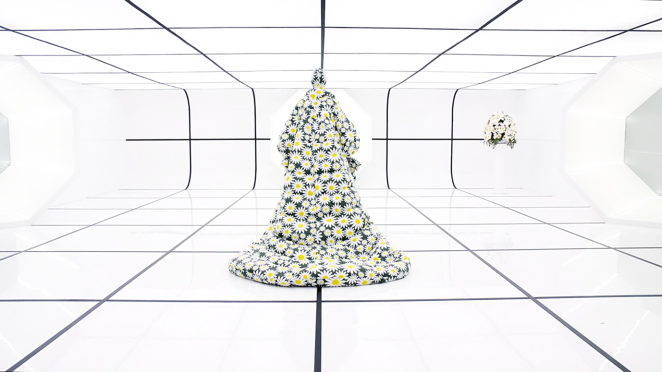How did you get into the industry?
I had a fascination with drumming as a child, bought my first kit when I was 14 and formed a local band the following year. I turned professional with The Meteors in ‘87 and spent a couple of years touring Europe and recording albums and singles with the band.
I was living the dream at 17! I left to travel to Australia in the early nineties and played percussion in clubs and dance parties. During this time, I met someone who had studied at the School of Audio Engineering in the UK. I wanted to find an alternative career to supplement my drumming and sound engineering seemed like the perfect option.
I returned to the UK and signed up. It was a fascinating course involving a lot of practical work, learning how to use mixing desks, recording techniques and gaining experience in a studio. During the course we learnt about audio post production and I decided this would be a more interesting and financially rewarding career to pursue.
Where are you based now and who do you work for?

After carving out a career in leading Soho post houses, I took the plunge and became freelance in April ’22. I’m now working from home and fully equipped to offer the same level of service my clients have come to expect. Now that remote working is the norm, it’s the perfect time for me to be self-employed.
If you weren’t in your current industry, what would you be doing?
I would have continued my career in the music industry, as a drummer, composer and engineer.
Can you explain your creative process? What makes it unique?
Like all sound designers, I am guided by creative briefs, scripts and visuals. I record sounds and experiment with foley, manipulating the results through plugins and tricks I’ve learnt over the years.
I like to integrate these recordings into my mixes so they contain original audio. Because I work unattended, I have more freedom to add creative flair to my work and as a result, I find I’m more invested in each project.
How would you describe your style?

Bombastic. I am fortunate to have worked on many projects that require crafted, dynamic, impactful sound design and detailed music editing. I get great satisfaction from remixing music stems and delving into the finer details of a mix.
Which individuals do you gain inspiration from? Do you have any heroes in the industry?
I don’t follow any particular individuals, but through my love of reggae, I’ve certainly been influenced by early dub pioneers King Tubby, Scientist and Prince Jammy.
Their experimentation using limited equipment to create intricate dub mixes with reverbs, delays and mixing techniques is fascinating. They were ahead of their time and have had a big impact on the music scene.
What tips would you give to aspiring creatives looking for work?

Network. Attend industry events and media hangouts.
Social media. Join relevant groups, create interesting content and comment on work you like. Ask questions. A lot of people you cross paths with have incredible knowledge and experience of their craft. Use it to your advantage.
Experiment. Whether it’s writing copy, recording videos or sound you’re interested in, push the boat out and try different techniques. For example, if you’re interested in audio, record something, reverse it and run it through some plugins to create something unique.
What tips would you give to other professionals to get more clients?
Networking, keep active on social media and post work and content to engage with your connections. Keep your showreel up to date. Be open, friendly and co-operative with people. Stay in touch with your clients by phone or in person. Be organised - you can save a lot of time for yourself and your clients.
What kind of tools/kit/software could you not do without?

ProTools software for sound design and Logic Pro for music creation. Izotope RX9 software, which is invaluable. The way it cleans up audio files is extremely clever and a huge time saver. The FabFilter Pro bundle plugins are fantastic for EQ and FX. Each one includes a built-in spectrum analyzer, so you can easily monitor changes to waveforms in real-time.
Serato Pitch ‘n Time is very powerful and can perform extreme pitch shift and time-stretching without introducing artifacts. Neumann TLM103 Microphone for client communication and hi quality foley recording and Ollo S4X Reference Headphones, which offer a neutral and honest representation of sound.
What’s your secret to staying inspired and motivated?
The creative element of what I do is both fascinating and rewarding. I also enjoy tuning into my surroundings to find unusual sounds to record.
What’s the work achievement you’re most proud of?
Expanding and managing a successful sound department in a busy Soho post production facility.
What is the one thing that you would change about the industry?

There aren’t enough female sound engineers. Thankfully, there has been a recent push towards change. For example, leading audio post house String & Tins offer aspiring female engineers dedicated workshops and free software for a year, under their No Fixed Mix initiative.
Any websites, books or resources you would recommend?
Boom and Soundly SFX libraries, Source Elements for remote recording, Izotope, Fabfilter and Altiverb effects plug-ins.






